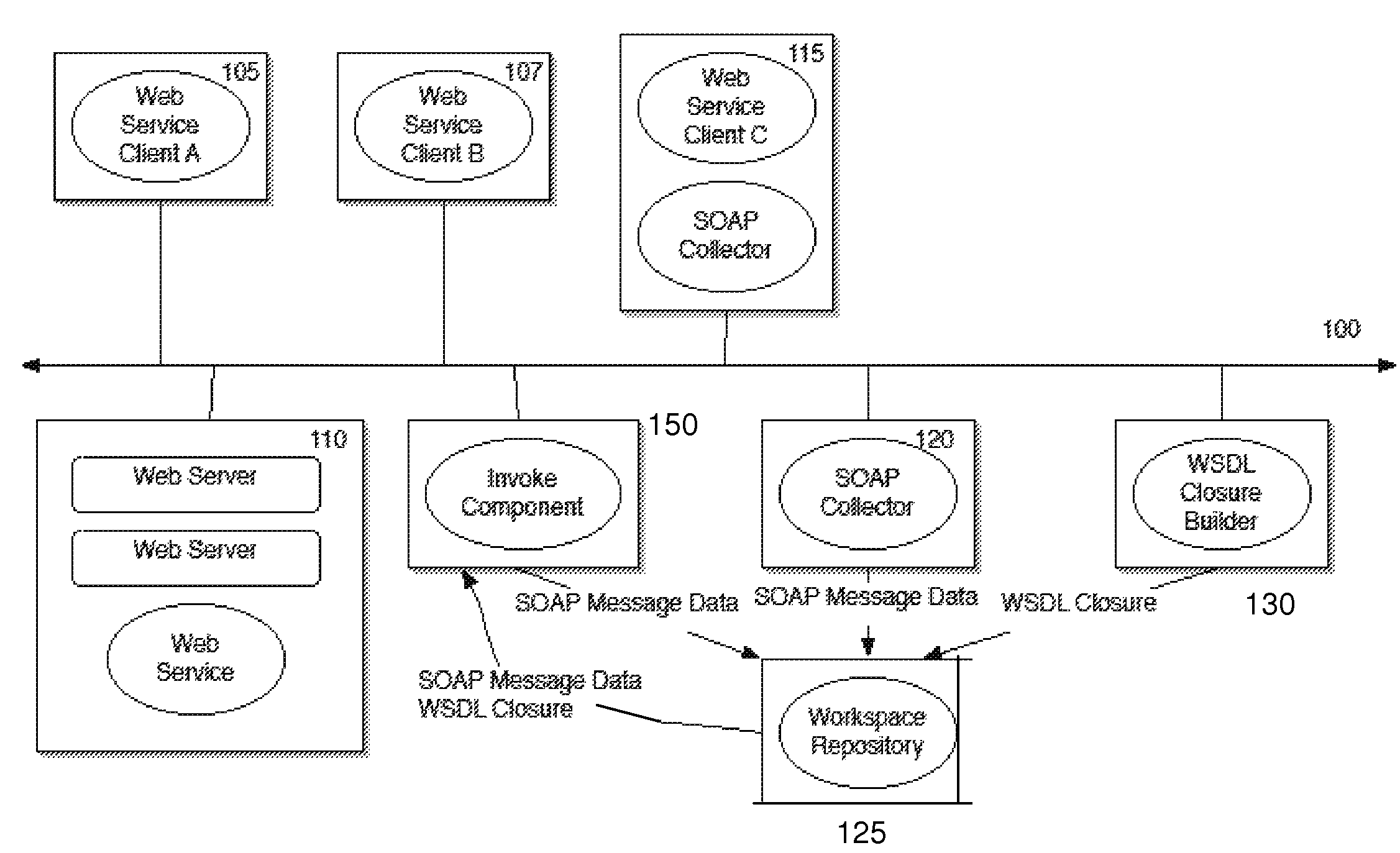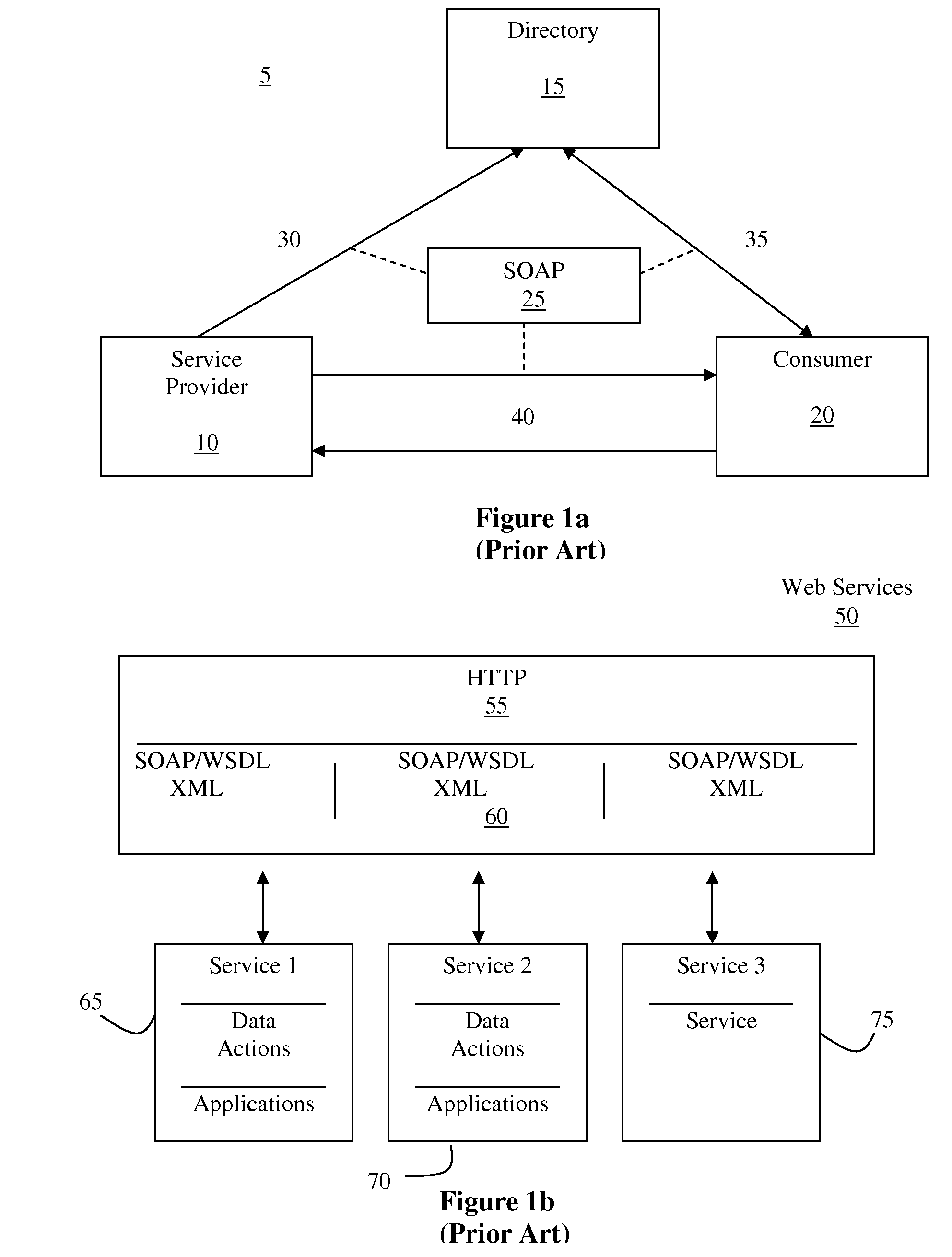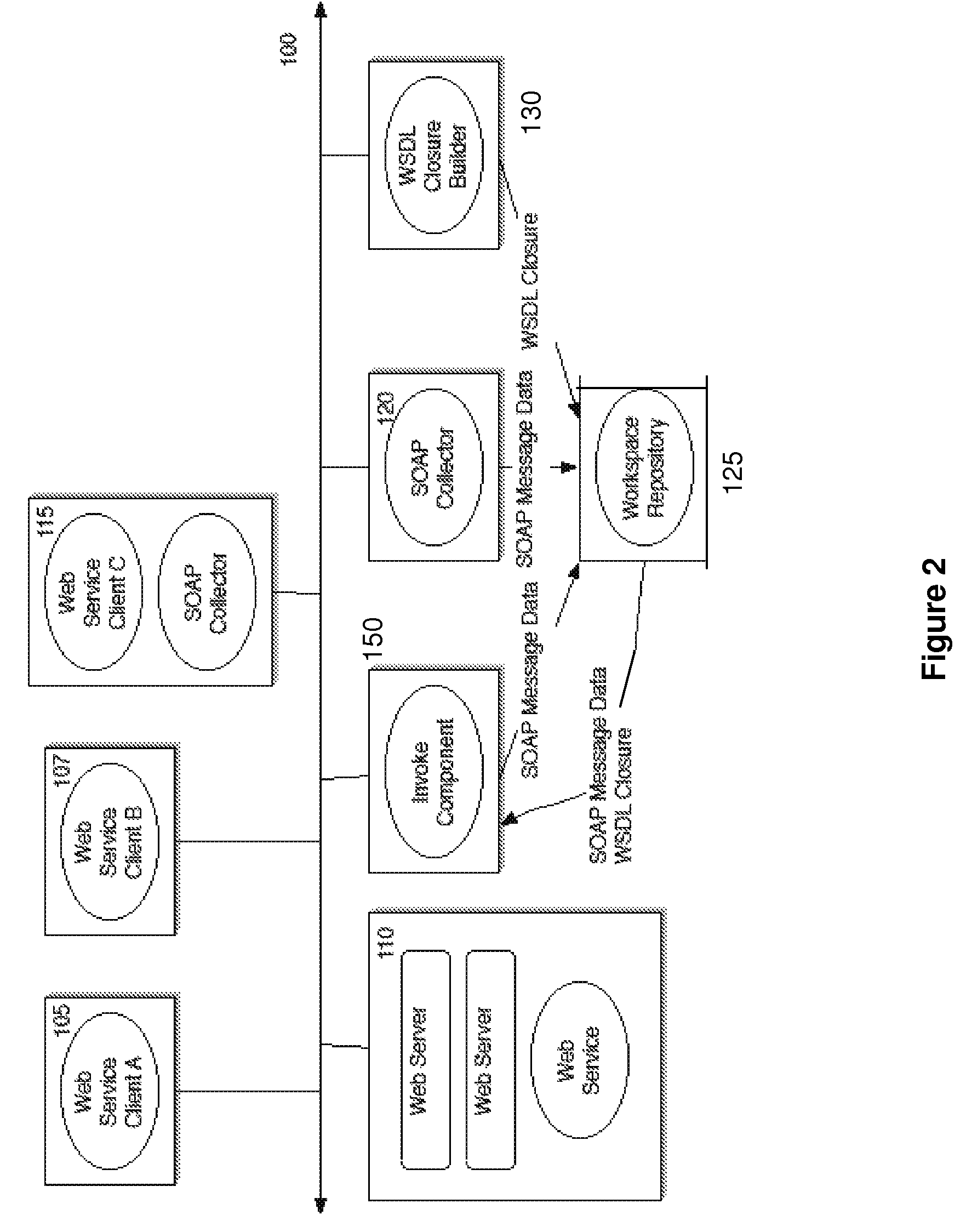Unlike the general client /
server models, Web services do not provide the user with a GUI, but instead share information, data and processes through an interface across a network.
Further, more complex systems can include not just two computers, the client and service, but rather several computers, each of which may be running
software applications that can themselves include multiple clients and services within them.
However, even within the WS-I, at present there has been no absolute
consensus of
interoperability and the formulation to ensure the Web services were indeed interoperable.
While there are many toolkits to help automate the
design process of Web services, not all the toolkits behave in the same way, and this leads to a wide range of
interoperability problems.
Using the tools effectively is not an easy task and the output of their analysis is a large, flat report.
The report serves as an indicator of a service that has failed, but using the report to determine exactly what went wrong and how to begin fixing the problem is difficult and tedious.
So when a problem occurs with a particular supported service, finding its
root cause is significantly more complex in that the problem may not have originated within that service, but rather with any one of a large number of other services with which that service interoperates.
Web services present a number of additional challenges for support teams.
They must also recognize that, unlike application or Web sites, Web services are built upon application
programming interfaces (APIs) that do not contain a
user interface, raising the complexity of the support equation.
Web services problems, however, are not as visual or apparent as are problems related to a
Web application or site since they are built using APIs, which do not contain a
user interface.
But this process is made difficult by a number of technical barriers, including those mentioned previous.
This has led to a
system of less formalized, inefficient support methods.
The lack of a formal process and context inherent in this method make it vulnerable to
spinning out of control, leading to a poor
customer support experience.
However, when the team member receives the e-mail, the team member typically does not have sufficient information to diagnose the problem because the customer submitted code that lacked critical information such as the time at which a problem occurred, the particular server or servers that were accessed, the data sent to and / or received from the service, and a number of other vital details.
However, once received, other issues become evident.
Since the code was sent via e-mail, the team member is not able to perform any debugging and must take the step of writing a client application in order to emulate the problem.
But, in this example, the client's code was written using Microsoft's .NET platform while the team member works strictly within a
Java environment, making it impossible to debug the code and to create a reproducible case in its native format.
The result is that the customer does not receive a satisfactory support experience while the support rep spends a larger amount of time than is usually spent on a particular case, but is not able to provide effective help for the customer.
This level of inefficiency can have significant economic and relationship consequences for any organization supporting Web services.
Given the potential for a poor
customer support experience and limited success within the support team, a set of requirements need to be in place to ensure that support teams have the tools and processes they need to optimize their environment for Web services support and instill greater confidence from customers.
Without this
visibility, both sides are forced into the laborious task of attempting to describe in detail a highly technical problem or trading e-mail containing incomplete data.
But with this promise comes a level of complexity and interdependence that can lead to serious problems for organizations not prepared to
handle their unique support requirements.
 Login to View More
Login to View More  Login to View More
Login to View More 


